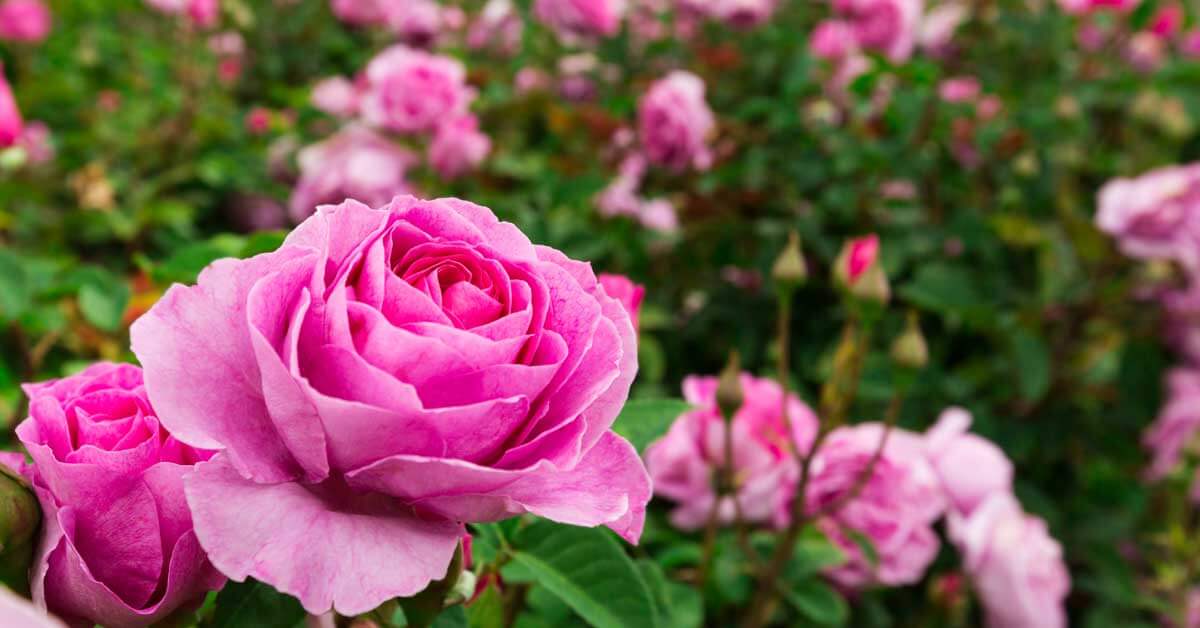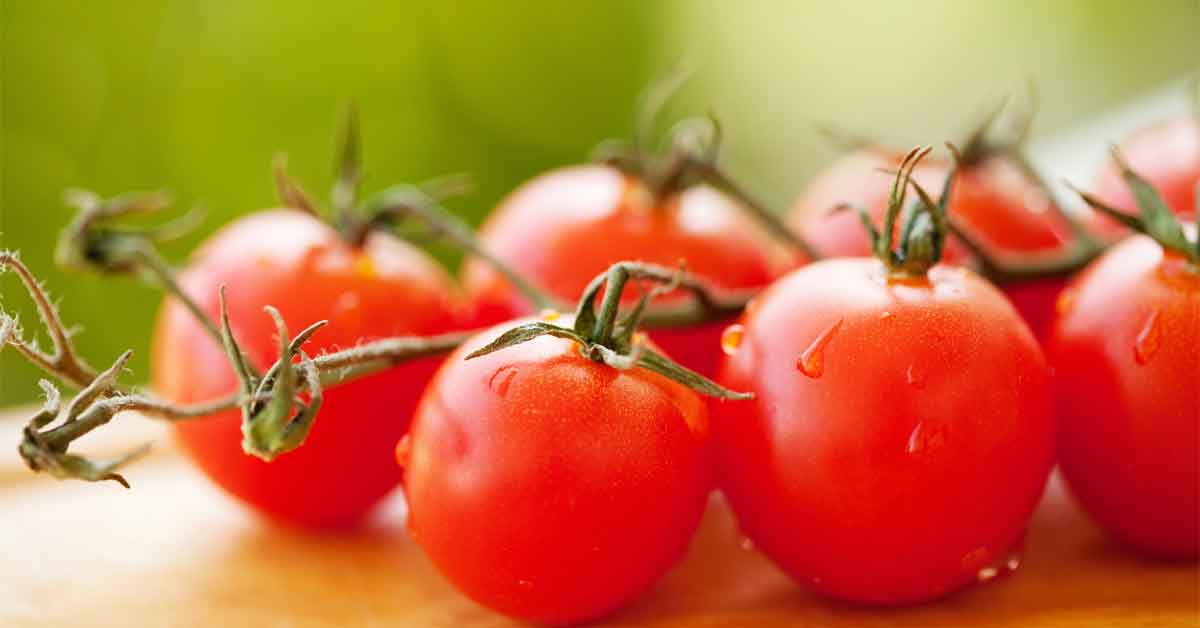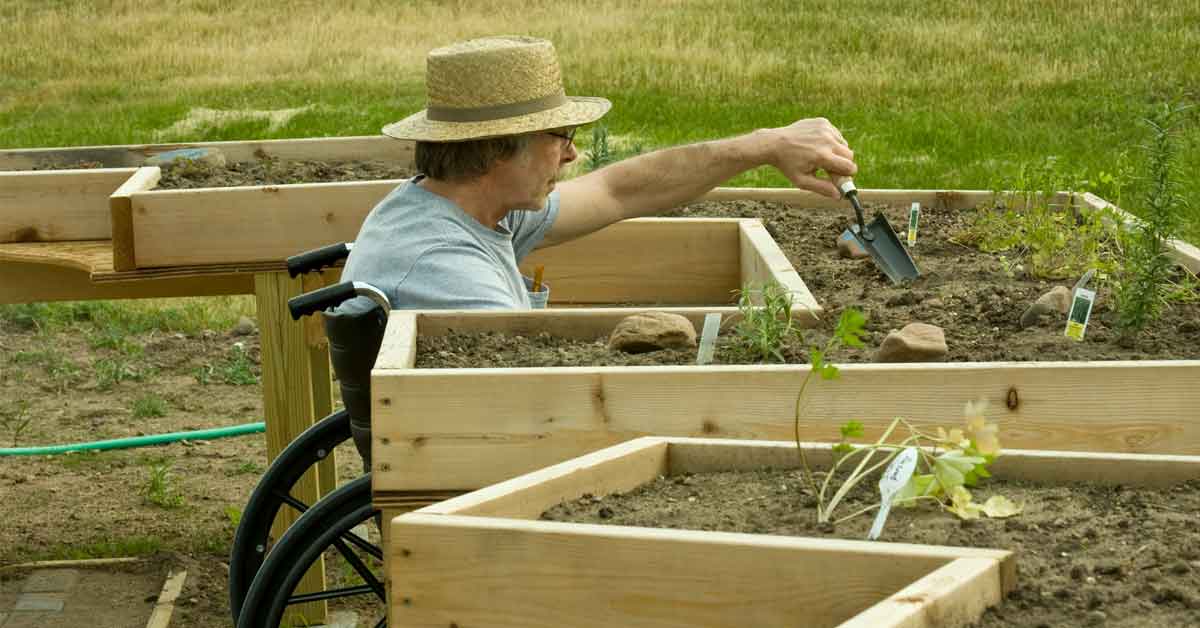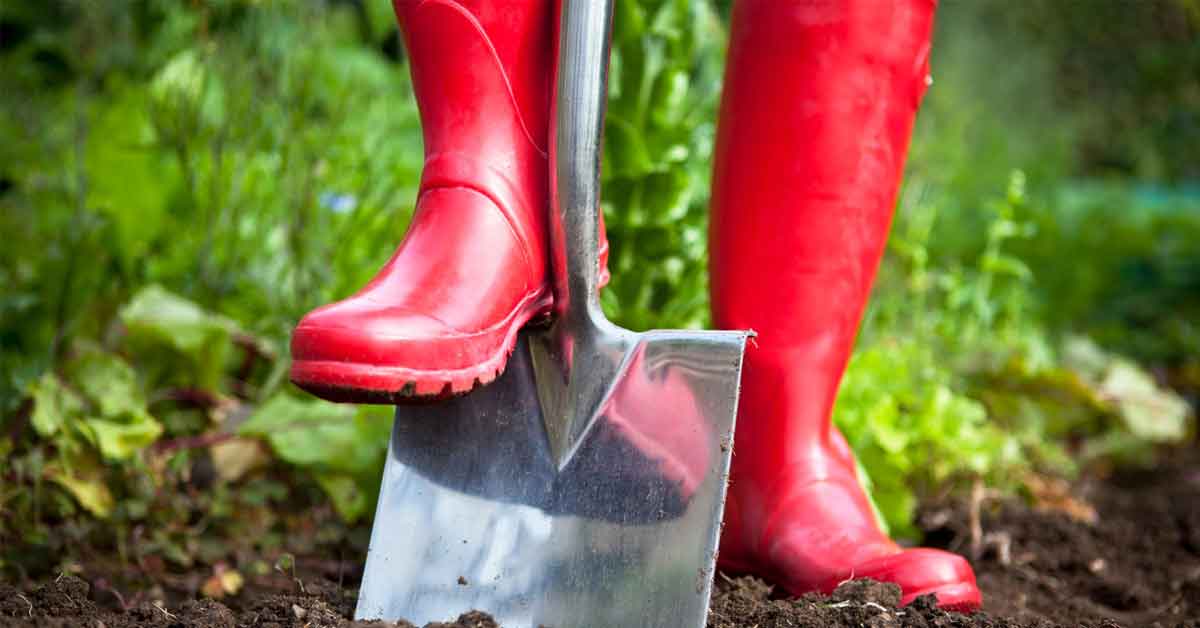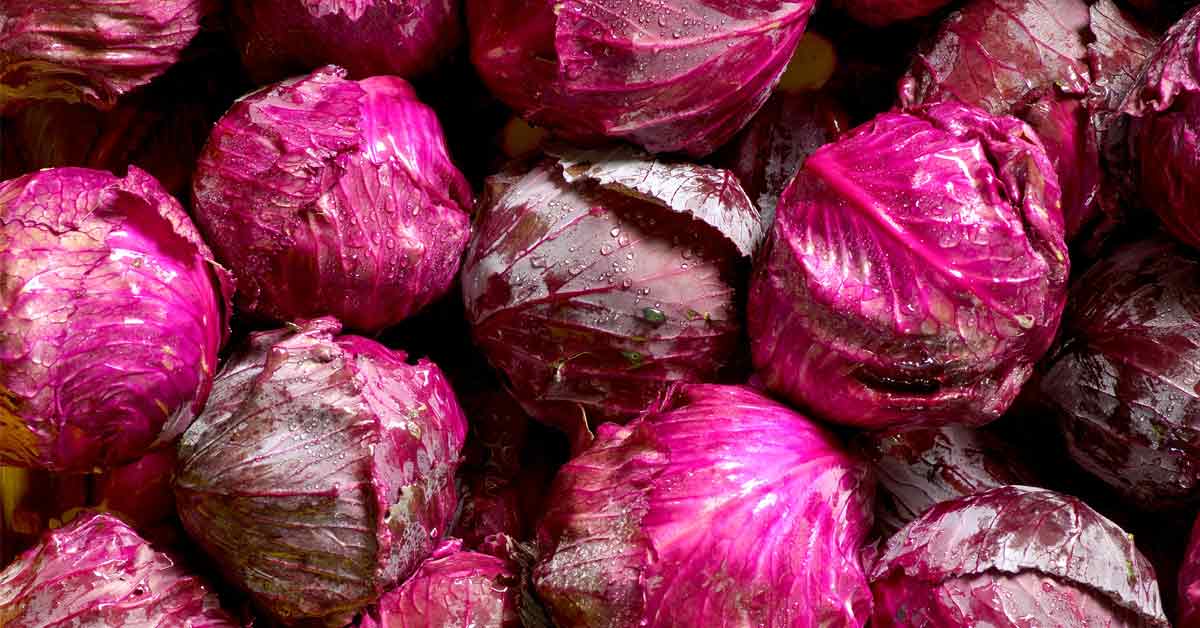How to Grow and Care for Garden Roses
With elegance, romance and nostalgia woven into every bloom, roses can elevate your garden to new levels of beauty and enjoyment. Many people mistakenly believe these timeless flowers are difficult to grow, but tending healthy, gorgeous garden roses can be very simple. Even if you're considering your very first rose bush, there's no reason to shy away. You can grow beautiful garden roses with ease.
Selecting the Right Roses
Roses come in many different types. Success starts with choosing roses that suit your goals. Some roses, such as modern "hybrid tea" types, need mild climates, more attention and extra protection to survive winters. Classic florist-type roses fall in this category. Hardy, shrub-type roses withstand cold much better, require less attention and need little protection. From delicate buds to big, voluptuous blossoms, they're just as beautiful as other types and often have showy fall rosehips, too.
Roses also differ significantly in fragrance and growth habit, from super-fragrant heirlooms to almost scentless types, and from tall "climbing" roses to miniatures. Many varieties also have greater resistance to insect pests and disease. By considering all these factors, you can choose roses to fulfill your dreams. Try different kinds and record their secrets in your garden journal, so you can compare progress as your roses grow.
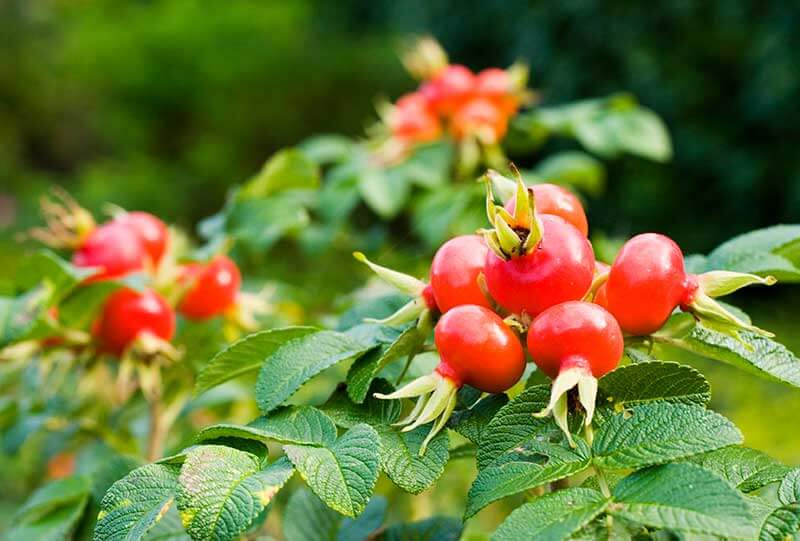
Choosing Your Planting Spot
Roses give you plenty of options on where to plant. Give them their own special spot and start a mini rose garden, or mix them in with other landscape plants. Roses are great additions to edible landscapes where vegetables and other edibles intermingle with ornamentals. They can add flowers and colorful fall foliage, but many rose varieties have edible aspects, too. Use in rose petal ice cream and rose hip tea, for example. You can also grow roses in decorative containers and rearrange them for impact when you entertain.
Whether you plan to plant in the ground or in a pot, roses need plenty of sunlight and air for healthy, glossy leaves and abundant blossoms. Choose locations that provide six to eight hours of sun or more each day. If you live where rays are intense, choose spots that offer some protection on hot afternoons. Space your roses so they have plenty of breathing room, especially in hot, humid climates. Good air circulation helps keep roses healthy and disease-free.
Preparing Your Planting Area
Garden roses are planted in the ground in late spring, after frost and before summer heat. Early fall well before winter threatens, is also a good planting time. If possible, prepare your soil in advance. Roses flourish in soil that's slightly acidic to near neutral pH. In this range, soil nutrients — and extra nutrients that fertilizers add — stay available and easy for plants to use. Most plants and lawn grasses prefer this same range.
A simple soil testcan help you learn about your soil and how to make it better for roses. Your local county extension agent can provide tips and testing kits. When soil pH is outside the optimal range, test results will recommend soil amendmentsto help.
Then add a complete, balanced fertilizer, such as Pennington Rejuvenate Plant Food All Purpose 4-4-4 to revitalize your soil with essential plant nutrients. The nutrient-rich formula promotes healthy growth, yields more blooms, and continues feeding for up to 4 months. Mix this plant food in with your soil, and it's ready for roses.
Feeding Your Roses
Big luxurious blooms — and simple, five-petaled blossoms — are more abundant when you keep your roses fed well. Giving your roses a good foundation of organic matter upfront helps them make the most of your soil, but they'll benefit from additional nutrients as they grow. Feed regularly throughout your growing season with a fertilizer that provides the special blend of nutrients roses prefer.
Look for fertilizers designed especially for roses, like Pennington Rejuvenate Plant Food Rose & Flower 4-6-3 . With these types of fertilizers, the middle N-P-K number on the label will be higher than the other two. That number, the "P" in the equation, stands for phosphorus, an essential plant nutrient that promotes good roots and lots of bigger blooms. By feeding your roses just the right balance of nutrients, you'll help support strong stems, glossy leaves and beautiful flowers.
Watering Your Roses
Good hydration is essential for fresh, plump rose petals and thick, strong stems, but watering roses isn't complicated. Water roses deeply and thoroughly, so that roots grow deep and strong to withstand hot temperatures and even drought. Water often enough so soil stays slightly moist, but never leave it soggy. Rose roots need air just as much as rose leaves do. A layer of organic mulch around your roses helps maintain soil moisture and keeps dirt from splashing up on your blooms.
Water your roses early in the day and at soil level, so leaves and stems stay dry. Many rose diseases rely on water droplets to spread. By watering early, the sun and wind make sure any wet leaves dry quickly. If fungal diseases such as black spot appear, turn to a time-proven remedy such as Daconil® fungicide to stop, control and prevent the disease's spread.
Managing Insect Pests
People aren't the only ones drawn to roses. Insect pests can appear without warning — even in the gardens of experts. When common rose pests strike, turn to a trusted brand such as Sevin® garden insecticides to control pests and help keep blossoms and rose leaves damage-free. Sevin Insect Killer Ready To Use2 kills more than 700 listed garden pests on contact, without harming plants or blooms. Sevin Insect Killer Concentrate and Sevin insect Killer Ready To Spray liquids kill and control more than 500 insect pests that damage ornamental and edible plantings. Tough on aphids and beetles, but gentle on gardens, they keep protecting roses and other plants against listed pests for up to three months.+
When using pesticides in your garden, keep bees, birds and butterflies in mind. Avoid spraying open blooms to protect these visiting pollinators. Their entertaining activities in your garden can lead to bigger displays of fall rosehips — and bigger harvests from other garden garden veggies and fruits.
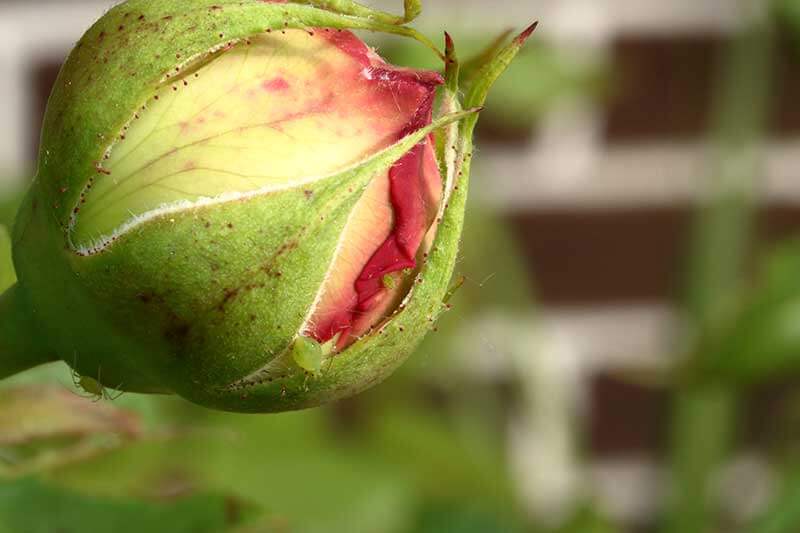
Enjoying Fresh-Cut Garden Roses
Part of the fun of growing garden roses is beautifying indoor spaces with fresh-cut blooms. From single bud vases to billowing bouquets to petals floating in shallow bowls, roses bring garden romance indoors. Plan your flowery harvest for morning hours — after dew has dried, but before midday heat — when roses are well-hydrated and at their peak.
Use a sharp, clean knife or sharp pruning shears, and always cut your stems at an angle, right above a set of leaves. Put cut roses in a bucket of warm water, so the cut tips don't dry out. Back inside your home, fill your vases or containers with water enhanced with a floral preservative. Use a commercial preservative or make your own with these simple ingredients:1
- 2 tablespoons fresh lemon or lime juice
- 1 tablespoon sugar
- 1/2 tablespoon household bleach
- 1 quart water
Mix these ingredients well, and they're ready to extend the life of your blooms. Every few days, replace the mixture and recut your stems to make them last even longer.
By following these simple growing guidelines, you can enjoy beautiful garden roses indoors and out — and know the satisfaction of growing roses of your very own. You can even learn to start new roses from cuttings yourself. GardenTech® brands are here to help you experience the fun and excitement of gardening, with gardening advice and products you can trust.
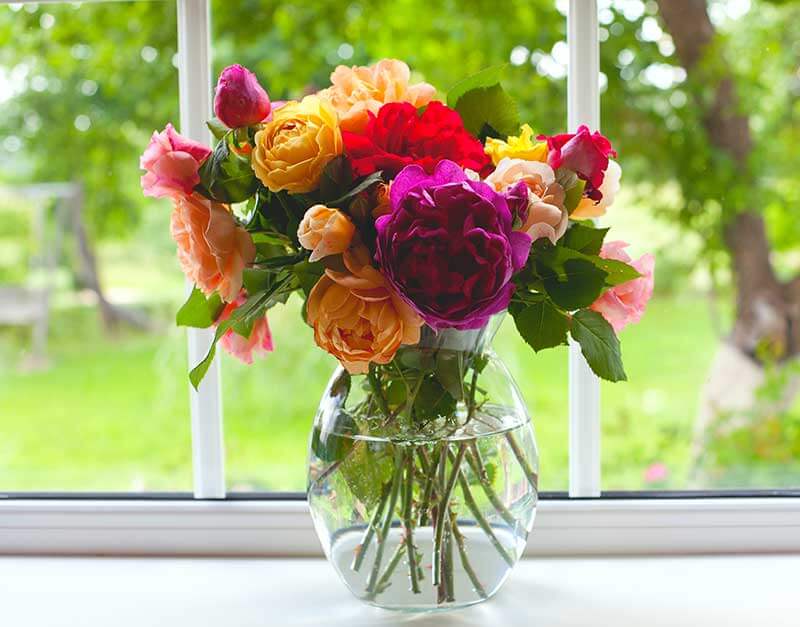
Get Monthly Gardening Advice!

